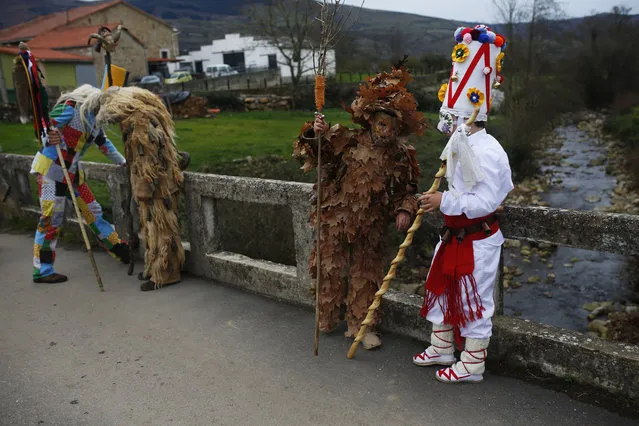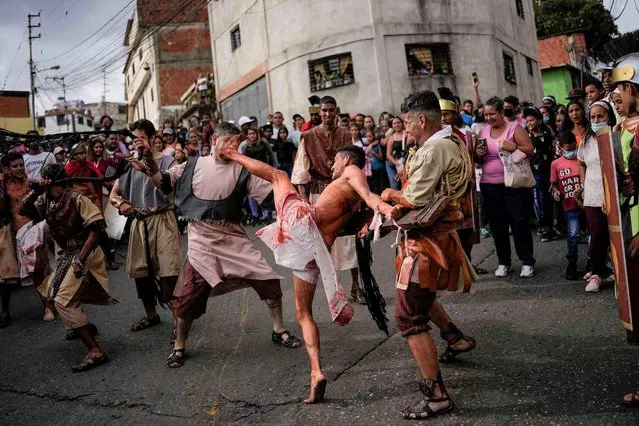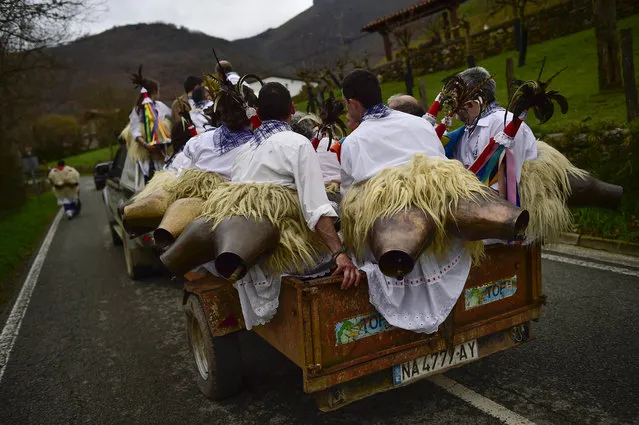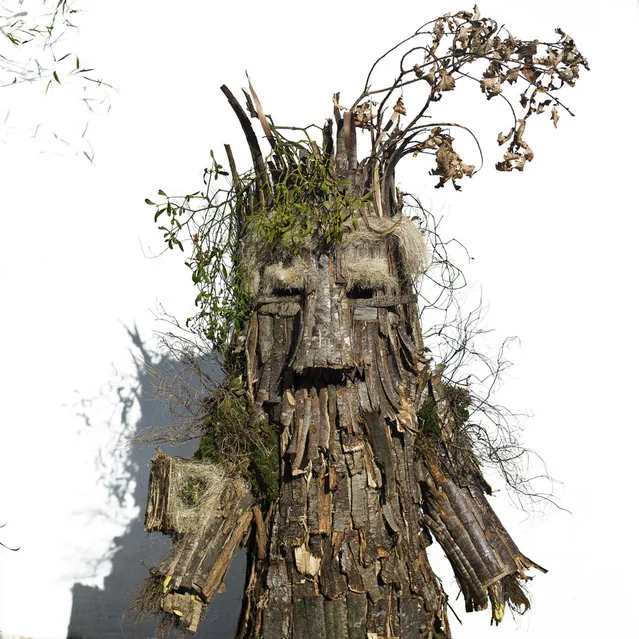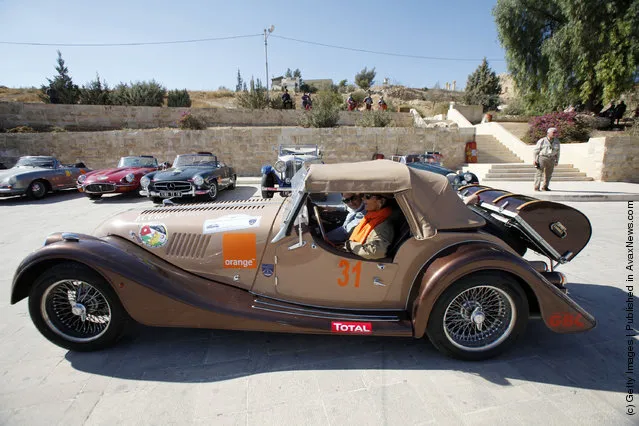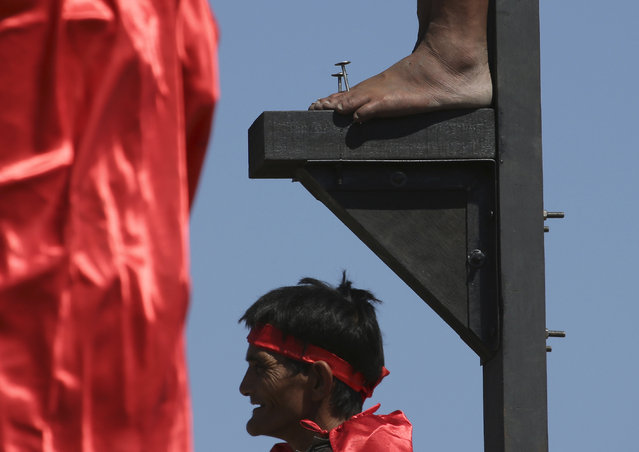
The feet of a Filipino penitent is nailed to a wooden cross during Good Friday rituals on April 3, 2015 at Cutud, Pampanga province, northern Philippines. Several Filipino devotees had themselves nailed to crosses Friday to remember Jesus Christ's suffering and death, an annual rite frowned upon by church leaders in this predominantly Roman Catholic country. (Photo by Aaron Favila/AP Photo)
05 Apr 2015 11:14:00,post received
0 comments


